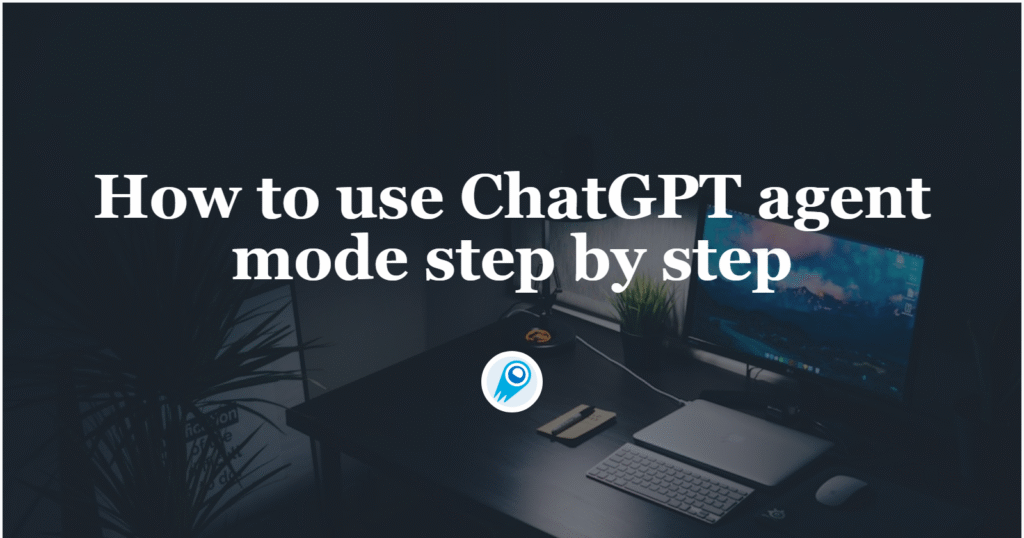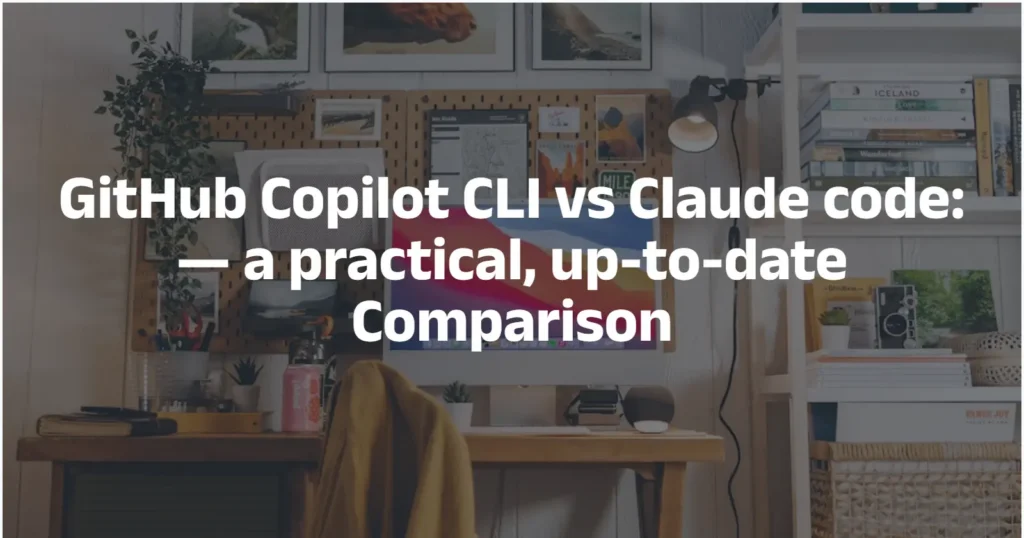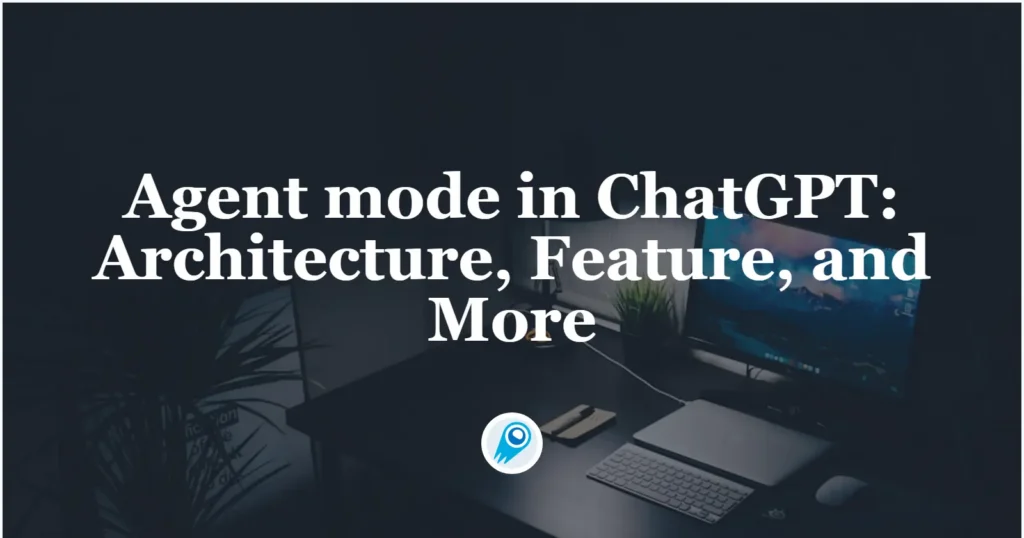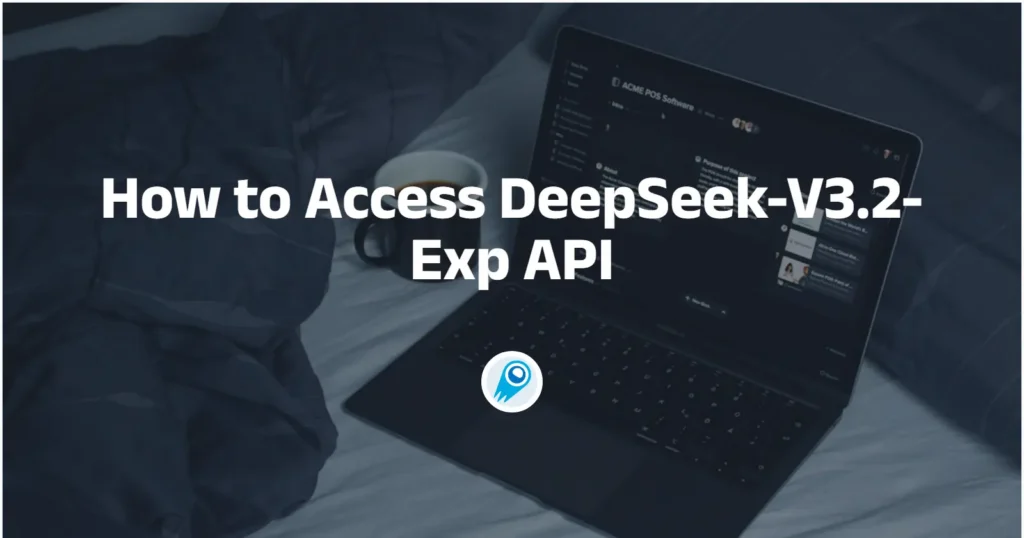In mid-2025 OpenAI released ChatGPT agent mode — a capability that lets ChatGPT not just answer, but plan and carry out multi-step tasks using a virtual workspace (browsing, file manipulation, code execution and connector APIs). ChatGPT Agent Mode moves ChatGPT from a passive assistant that tells you what to do into an active assistant that […]
Is GPT-5 Pro the most powerful LLM right now?
OpenAI’s GPT-5 Pro landed with a splash: touted as the company’s “smartest and most precise” variant of GPT-5, it promises step-changes in reasoning, coding, and multimodal capability, and it’s already showing top marks on a range of public benchmarks. But “most powerful” depends on how you measure power — raw benchmark scores, real-world usefulness, multimodal […]
GLM-4.6: Feature, architecture and Benchmark performance
In the rapidly advancing world of artificial intelligence, the release of each new large language model (LLM) represents more than a numerical version bump — it signals progress in reasoning, coding ability, and human–machine collaboration. In late September 2025, Zhipu AI (Z.ai) unveiled GLM-4.6, the newest member of its General Language Model family. Building on […]
GitHub Copilot CLI vs Claude code: Which is more suitable for you?
GitHub released Copilot CLI into public preview (terminal-native, GitHub-aware, agentic), and Anthropic shipped Claude Sonnet 4.5 plus upgrades to Claude Code (bigger agentic power, longer autonomous runs). Below I summarize what’s new for each, explains what each product is, compares price, context windows, code performance, core architecture, developer experience and tooling integration, shows how to […]
How to access archived chats on ChatGPT
As ChatGPT continues to evolve, one of the most practical features for everyday users is the ability to archive and later retrieve past conversations. Archiving keeps your workspace tidy without permanently deleting content you may need later, and recent product changes — including expanded memory options and new safety/parental controls — make it more important […]
Agent mode in ChatGPT: Architecture, Feature, and More
Agent Mode is OpenAI’s move to turn ChatGPT from a conversational assistant into an action-taking digital worker: an AI that can reason, browse, run code, manipulate files, and take step-wise actions on your behalf inside a controlled, sandboxed environment. Rather than only answering questions or drafting text, an agent can autonomously execute multi-step tasks — […]
How to Access DeepSeek-V3.2-Exp API
DeepSeek released an experimental model called DeepSeek-V3.2-Exp on September 29, 2025, introducing a new sparse-attention mechanism (DeepSeek Sparse Attention, or DSA) that targets much lower inference costs for long-context workloads — and the company simultaneously cut API prices by roughly half. This guide explains what the model is, the architecture/feature highlights, how to access and […]
Sora 2: What is it, what can it do & how to use
On September 30, 2025, OpenAI unveiled Sora 2, the next-generation text-to-video and audio model and a companion social application called Sora. The release represents OpenAI’s most visible push yet into generative video: an attempt to bring the kind of rapid, creative iteration that ChatGPT brought to text into short-form video, while packaging the capability inside […]
Claude Sonnet 4.5 — what’s new, how it performs, and why you might pick it
Claude Sonnet 4.5 (commonly shorted to Claude 4.5) is Anthropic’s September 29, 2025 frontier release focused on long-horizon agentic work, coding, and “computer use” (automating multi-step tasks across tools). It delivers large jumps in autonomous coding duration, tool use, and aligned behavior, while keeping the same per-token pricing as the previous Sonnet release. For teams […]
Combining Continue and CometAPI — a practical, up-to-date guide
You can plug CometAPI — a single API gateway that exposes hundreds of models — into Continue (the open-source, IDE-integrated AI code agent) so your VS Code Continue extension talks to CometAPI’s models. This article explains what each product is, why you’d combine them, the environment and prerequisites, an exact step-by-step integration recipe (including the […]










